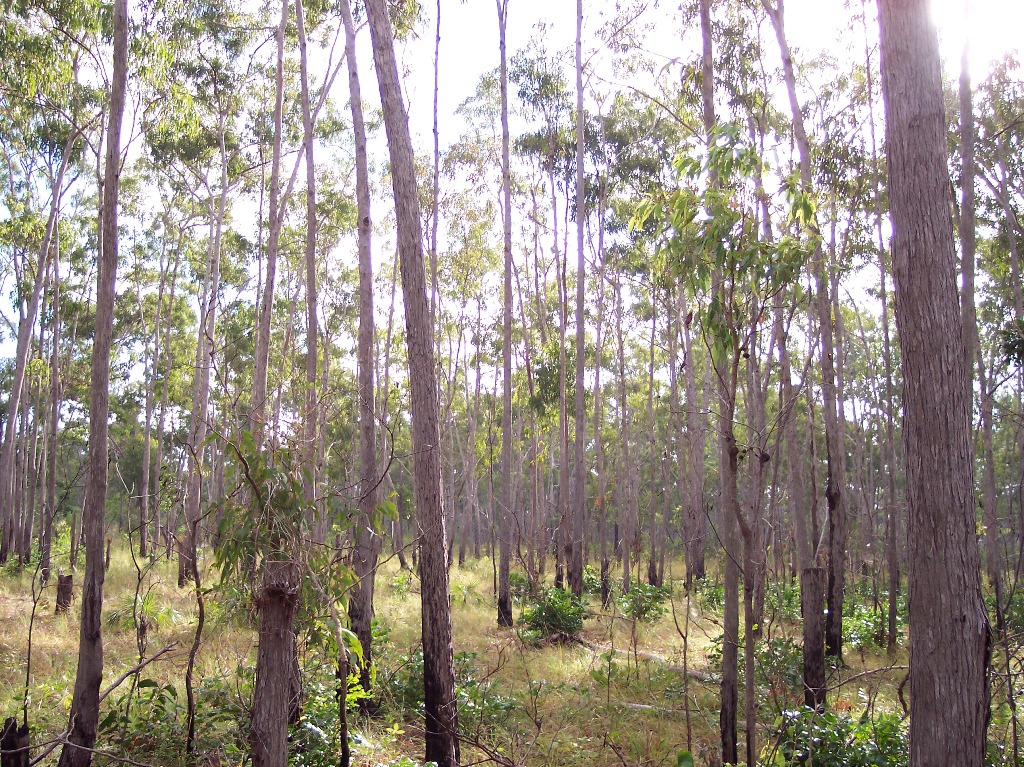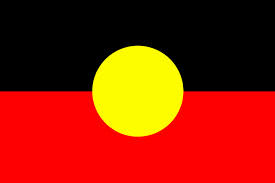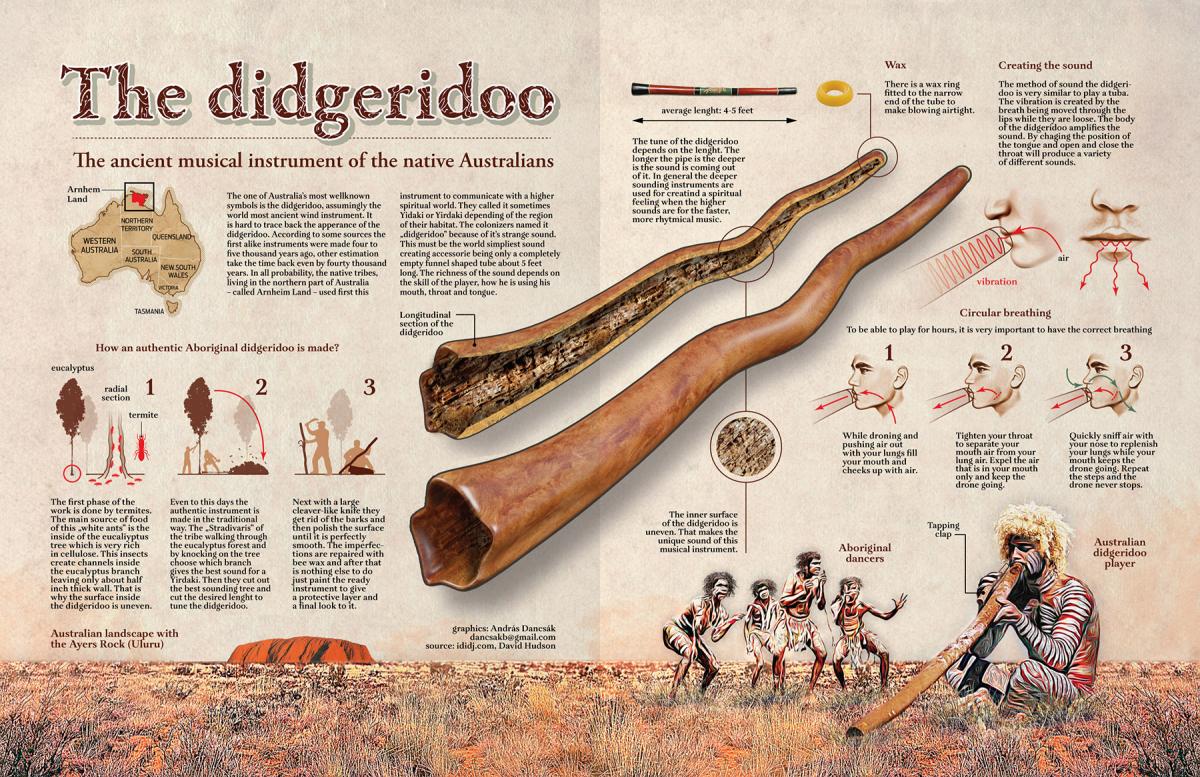History & manufacturing
The Australian bush...
 Among the Aborigines, the didgeridoo player accompanies the singer and the dancer during the various ceremonies (initiation, death, etc.). He then tells a story, the story of which he is the guardian. He reveals it only in ceremonies in the presence of initiates. Thus each Aboriginal person is responsible for his or her history passed down by their elders and which they must pass on to the next generation. The whole thing forms what they call Dreamtime, their mythology. The didgeridoo played by Aboriginal people in northern Australia is called " traditional didgeridoo ", while the didgeridoo played by Western players is called " contemporary didgeridoo ".
Among the Aborigines, the didgeridoo player accompanies the singer and the dancer during the various ceremonies (initiation, death, etc.). He then tells a story, the story of which he is the guardian. He reveals it only in ceremonies in the presence of initiates. Thus each Aboriginal person is responsible for his or her history passed down by their elders and which they must pass on to the next generation. The whole thing forms what they call Dreamtime, their mythology. The didgeridoo played by Aboriginal people in northern Australia is called " traditional didgeridoo ", while the didgeridoo played by Western players is called " contemporary didgeridoo ".
 As for the word " digeridoo ", it was invented by white people when they discovered the instrument. Indeed, the colonists heard a strange sound which they transcribed with the word “digeridoo”. The Aborigines have several ways of naming it, which vary depending on the places where it is played, but two names are often cited: Yidaki (Yirrkala region) and mago (Maningrida region) . They are both made using traditional methods, by an experienced Aboriginal from Arnhem Land and usually painted with the clan's designs.
As for the word " digeridoo ", it was invented by white people when they discovered the instrument. Indeed, the colonists heard a strange sound which they transcribed with the word “digeridoo”. The Aborigines have several ways of naming it, which vary depending on the places where it is played, but two names are often cited: Yidaki (Yirrkala region) and mago (Maningrida region) . They are both made using traditional methods, by an experienced Aboriginal from Arnhem Land and usually painted with the clan's designs.
In the ancestral footsteps of the didgeridoo: where exactly does it come from?
What often makes the difference between a yidaki and a didgeridoo is the configuration of the air column hole. The interior of a yidaki is very often narrower than a didgeridoo and very little worked. We obtain a raw and compressed sound, resulting in a very responsive instrument with easy-to-reach hoots.

